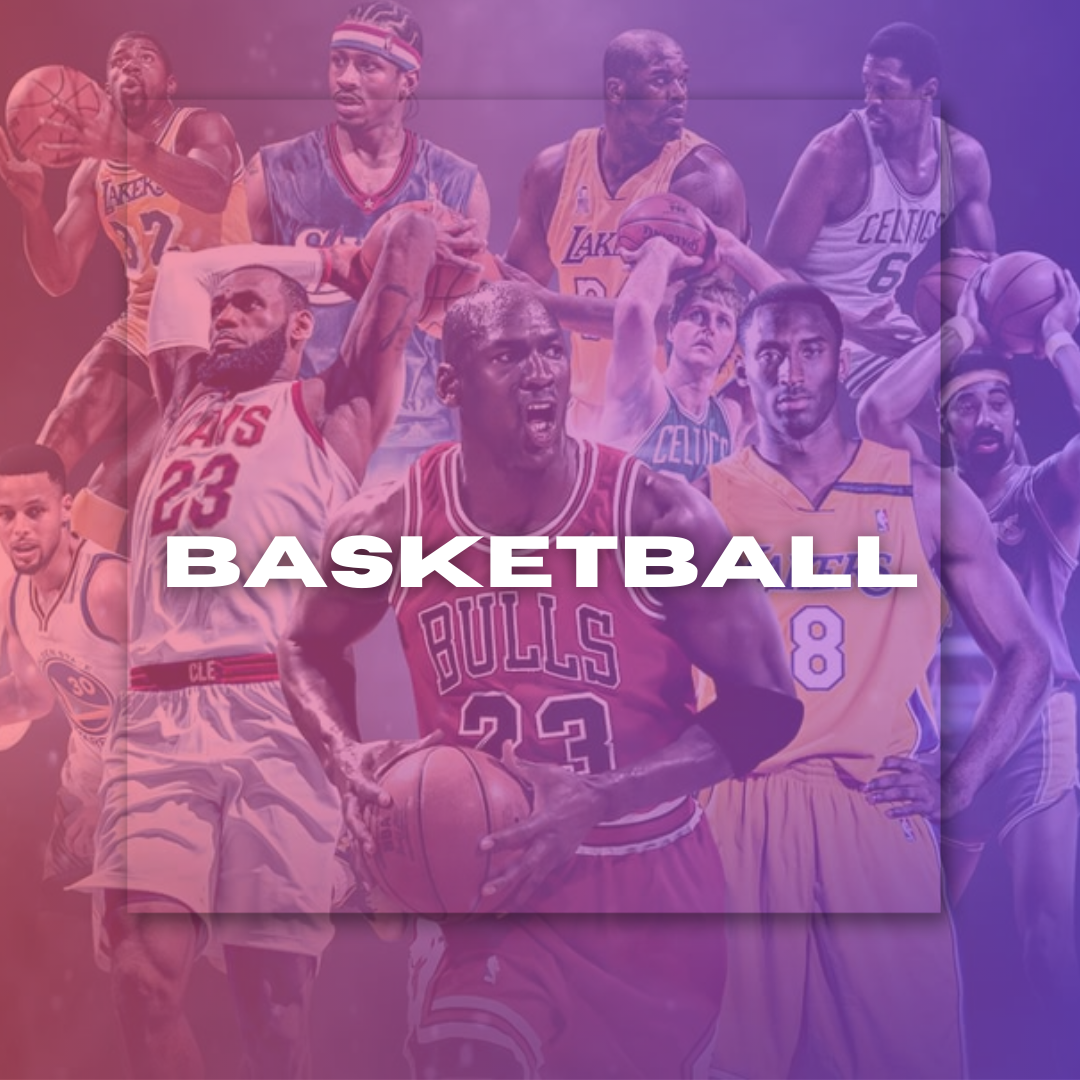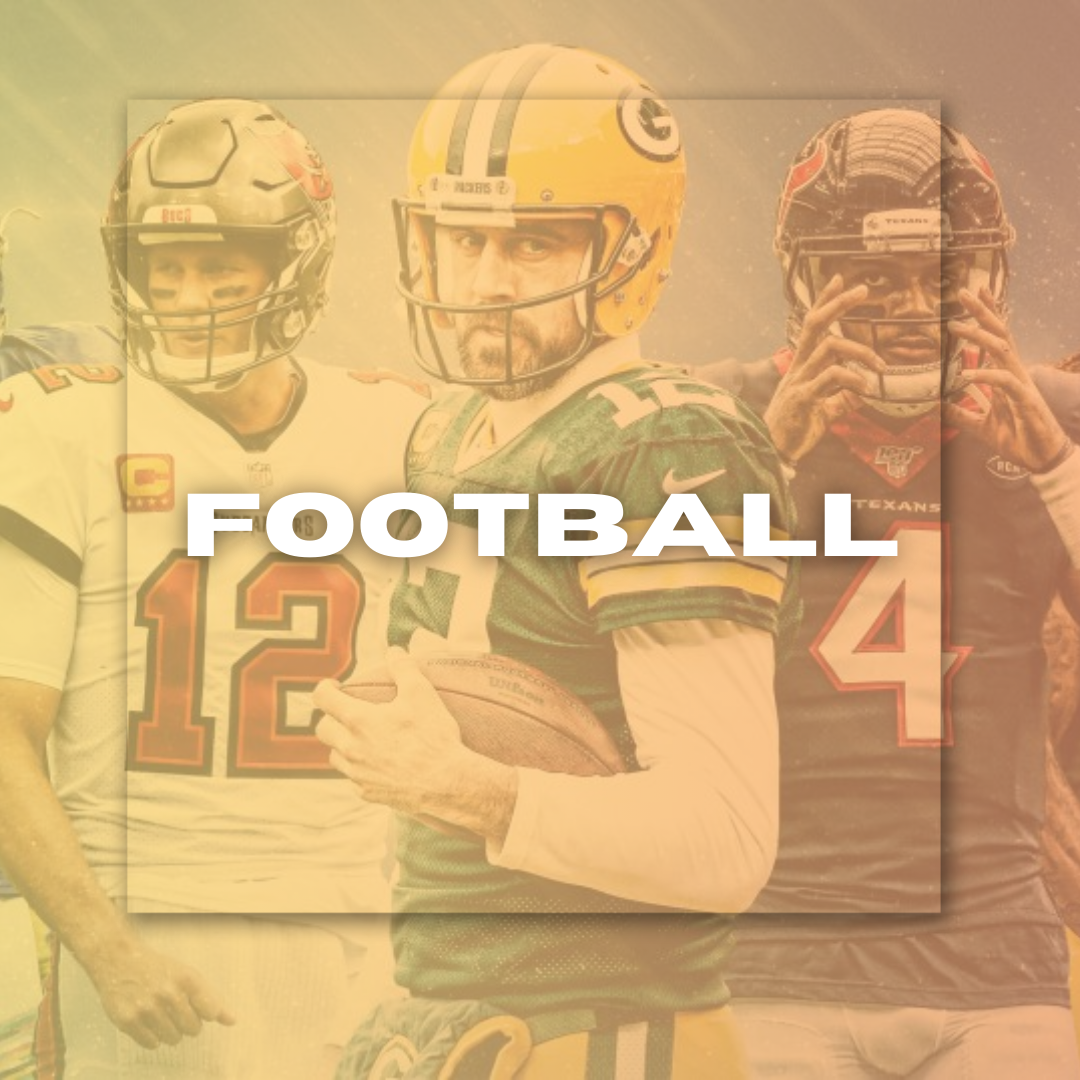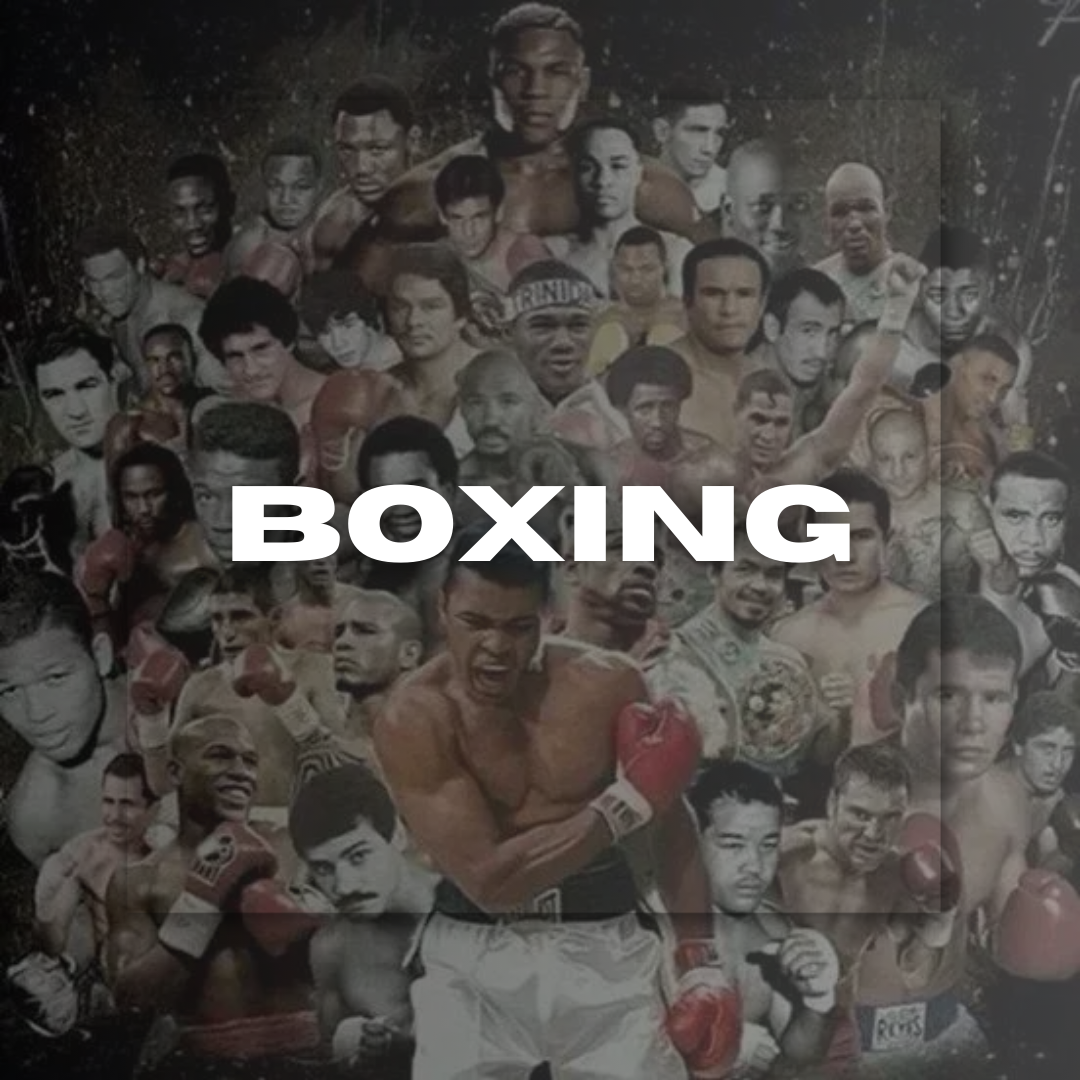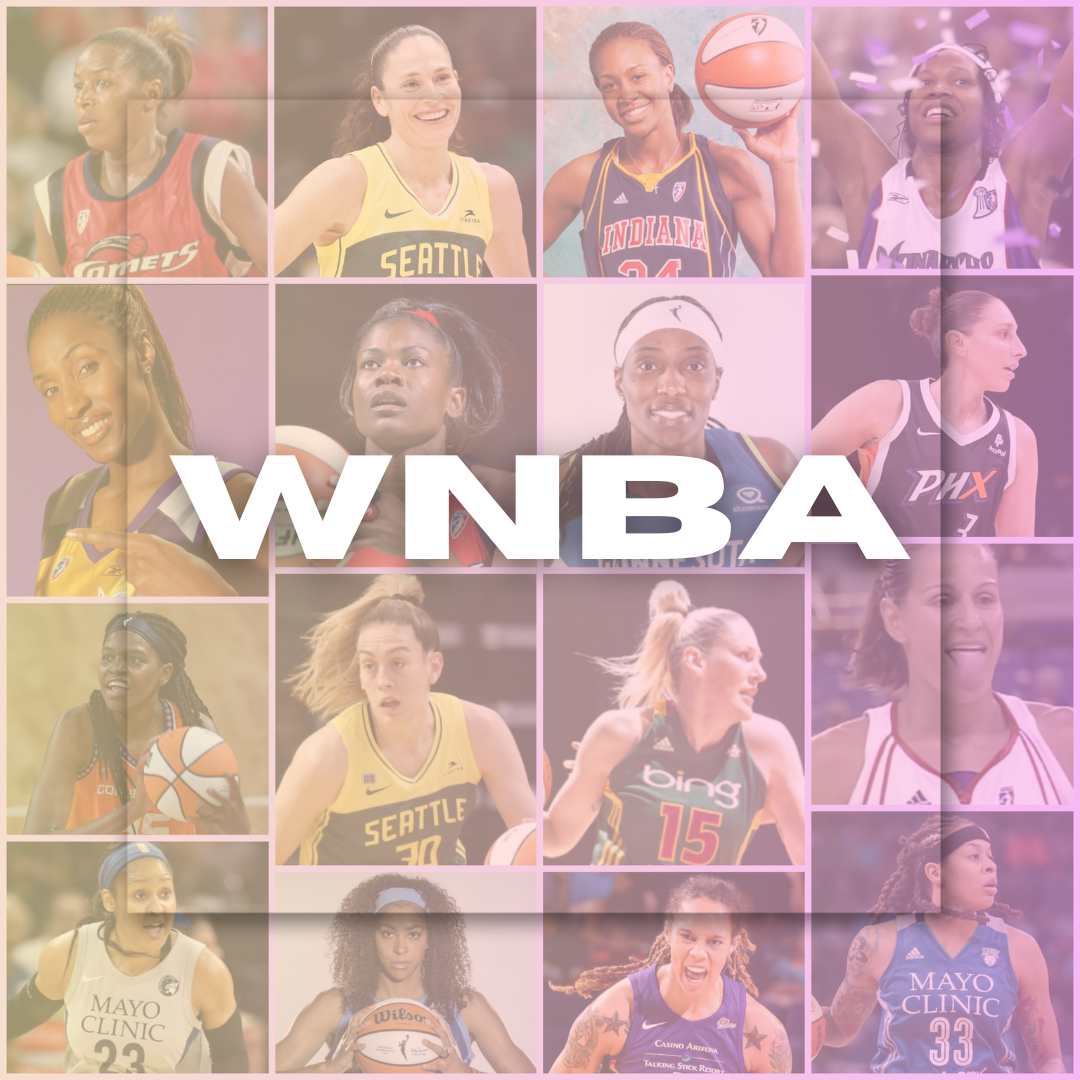
How Much Money Do UFC Fighters Make Per Fight?
How Much Money Do UFC Fighters Make Per Fight?
By Ali Hammad January 23, 2024 02:59
The earnings of UFC fighters can vary significantly based on various factors such as their popularity, the magnitude of the event, sponsorship deals, and performance bonuses. Understanding the breakdown of their earnings provides insight into the financial landscape of professional mixed martial arts (MMA) fighters.
Base Payment
- UFC fighters typically receive a base payment for showing up to fight, which is commonly known as the "show money."
- The amount varies widely depending on the fighter's experience, marketability, and the placement of the fight on the card.
- For lower-tier fighters, the show money can range from $10,000 to $20,000 per fight. More established fighters can command significantly higher show purses, often reaching hundreds of thousands or even millions of dollars for top-tier athletes.
Performance Bonuses
- In addition to the show money, fighters have the opportunity to earn performance bonuses. These bonuses are awarded for exceptional performances and can significantly enhance a fighter's earnings for a particular fight.
- The "Fight of the Night" bonus is awarded to the two fighters who put on the most entertaining and competitive bout. Each recipient typically earns an additional $50,000.
- The "Performance of the Night" bonus is given to fighters who deliver exceptional individual performances, such as a knockout or submission. Like the Fight of the Night bonus, it amounts to $50,000 per recipient.
Pay-Per-View (PPV) Points
- Established fighters often negotiate for a share of the pay-per-view (PPV) revenue generated by the events in which they participate.
- This can result in substantial earnings, as successful PPV events can generate millions of dollars in revenue.
- The exact terms of these deals are closely guarded by the UFC and its fighters, but it is widely known that top-tier fighters can earn a significant portion of the PPV revenue from events in which they are featured.
Sponsorship Deals
- Historically, UFC fighters were able to secure lucrative sponsorship deals with various brands, showcasing logos on their fight attire during events.
- However, in 2015, the UFC implemented an exclusive outfitting deal with Reebok, which standardized the fight attire and limited the opportunities for individual sponsorship deals.
- As a result, fighters are now compensated based on their tenure with the organization, earning amounts ranging from $3,500 for entry-level fighters to $40,000 for those with over 21 fights in the UFC.
Additional Income Sources
- Apart from their earnings from fights, UFC fighters can also generate income from sources such as endorsements, appearances, coaching, and broadcasting opportunities.
- Successful fighters often leverage their fame and expertise to secure additional revenue streams outside of the octagon.
Disparities and Challenges
- While top-tier fighters can earn substantial sums, the majority of UFC athletes earn modest incomes, particularly earlier in their careers.
- The absence of collective bargaining for UFC fighters means that individual negotiations can lead to significant income disparities across the roster.
- Furthermore, fighters are responsible for various expenses such as training camps, coaching fees, and medical costs, which can further impact their take-home earnings.
The earnings of UFC fighters per fight can range from modest sums for up-and-coming athletes to substantial paydays for established stars. With a combination of show money, performance bonuses, PPV points, and potential sponsorship deals, fighters have the opportunity to earn significant incomes, particularly at the upper echelons of the sport. However, disparities in earnings and the financial challenges faced by developing fighters highlight the complexities of the UFC's compensation structure. Understanding the various income sources available to UFC fighters provides insight into the financial dynamics of professional MMA and the diverse financial realities experienced by its athletes.


































































